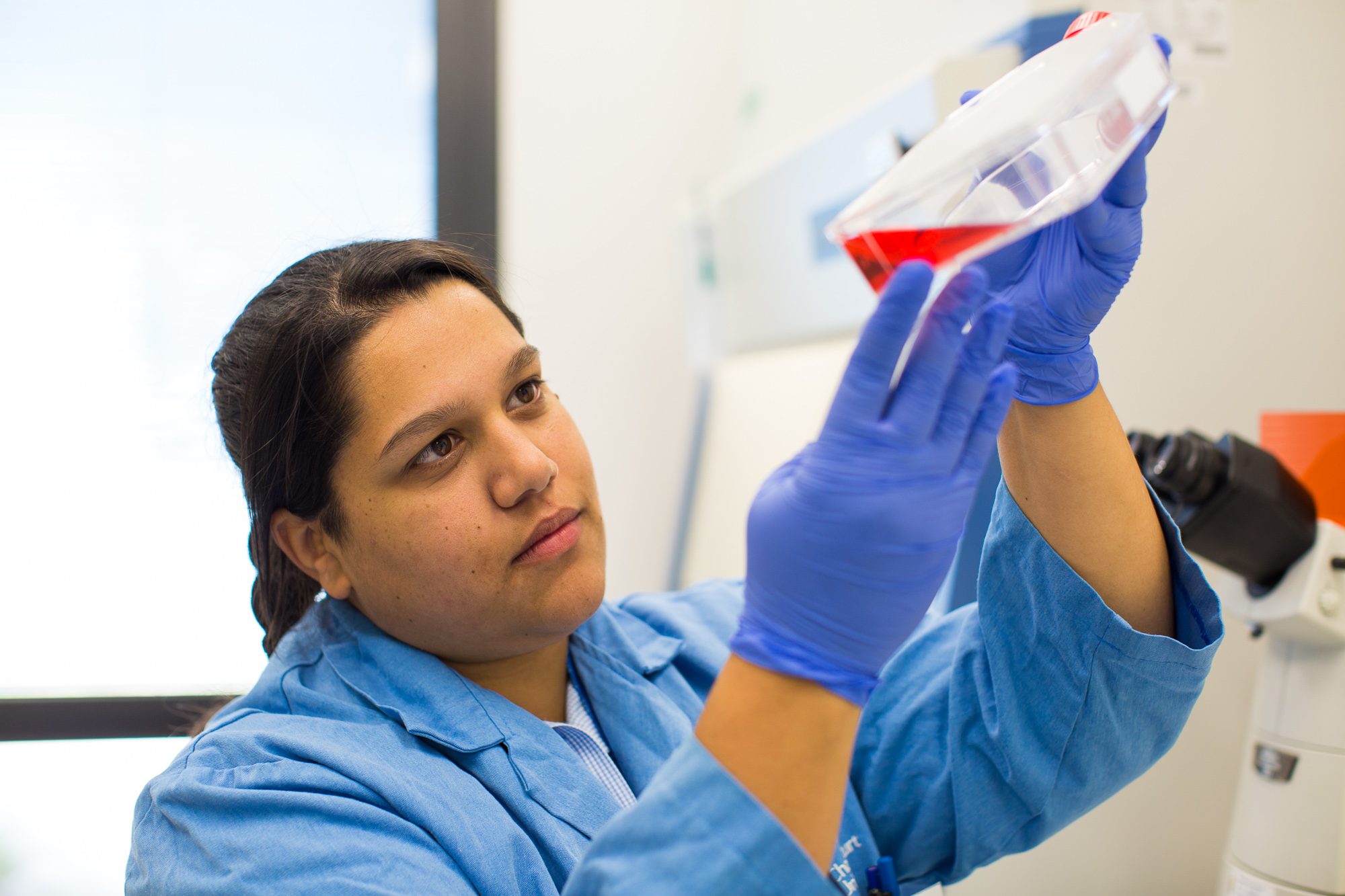
Obesity is significantly correlated to the development of lifestyle diseases (such as type II diabetes, heart disease and cancer). Obese populations tend to higher levels of inflammation and free-radical damage making them more susceptible to developing lifestyle diseases.
Pigmented rice is rich in bioactive compounds called polyphenols. Polyphenols are micronutrients obtained through some plant-based foods and have been shown to have antioxidant and anti-inflammatory potential.
My study investigated if the polyphenols from pigmented rice can reduce obesity-related free radical (unstable atoms produced in the body that damage cells) damage and inflammation and increase antioxidant activity to prevent the development of lifestyle diseases associated with obesity, such as heart disease and type 2 diabetes.
What has your research shown?
The research profiled the polyphenol content and antioxidant activity in Australian grown rice varieties. I also tested the anti-inflammatory and antioxidant properties in cell cultures and in clinical trials involving healthy weight and obese people.
Key findings:
- Australian-grown coloured rice is rich in bioactive compounds called polyphenols
- Red and purple/black varieties are most abundant in polyphenol content
- Polyphenols from Australian-grown coloured rice has high antioxidant potential.
- Polyphenols from Australian-grown coloured rice increases antioxidant activity in cell-culture based obesity studies
- Polyphenols from Australian-grown coloured rice reduces inflammation and free-radical damage in biological cell-culture based models of obesity.
- When consumed, one cup of red or purple/black rice increased antioxidant activity in healthy and obese populations
- When consumed, one cup of red or purple/black rice decreased inflammation and free-radical damage biomarkers in healthy and obese populations.









